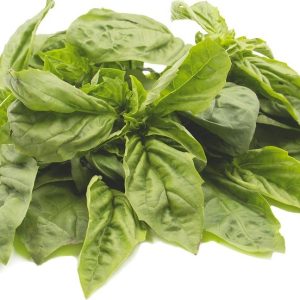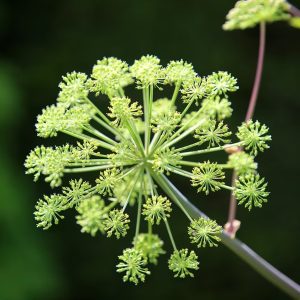Description
Lovage is a large, leafy plant that has been long cultivated in Europe — the leaves being used as an herb, the roots as a vegetable, and the seeds as a spice, especially in southern European cuisine. Lovage is an aromatic herb of the carrot or Parsley family with long and thin hollow stalks and lacy, glossy, dark green leaves. It’s related to celery, and the whole plant has a celery aroma. The plant is native to the mountains of southern Europe and has been used since ancient times as both a food and a medicine. At one time Lovage was the most widely cultivated medicinal herb. It is not nearly as popular and well known as it once was. While the jagged-edged leaves offer a fresh scent and flavor similar to celery, they are sweeter and more robust, with notes of Anise or Fennel and a hint of citrus, similar to Parsley. Lovage’s leaves are used in salads and soups and other cooked food. The seeds are used to flavor meats and soups. The stems are eaten as celery sticks. The hollow stem makes an interesting straw to sip a glass of tomato juice.
Lovage is packed with vitamin C and various B-complex vitamins and contains good amounts of calcium, potassium, and magnesium. Lovage is also known for having a substantial amount of quercetin, a flavonoid with anti-inflammatory and antioxidant properties that have been studied for its potential to lower blood pressure, boost the immune system, ease skin irritations, and serve as a pain reliever. No surprise that the various parts of the plant have been used since ancient times in traditional medicine, serving as an herbal remedy for ailments, including inflammation, indigestion, joint pain, and headaches. It has historically been employed as a diuretic, a stimulant, and as a treatment for a variety of ailments from jaundice to sore throats.




Reviews
There are no reviews yet.